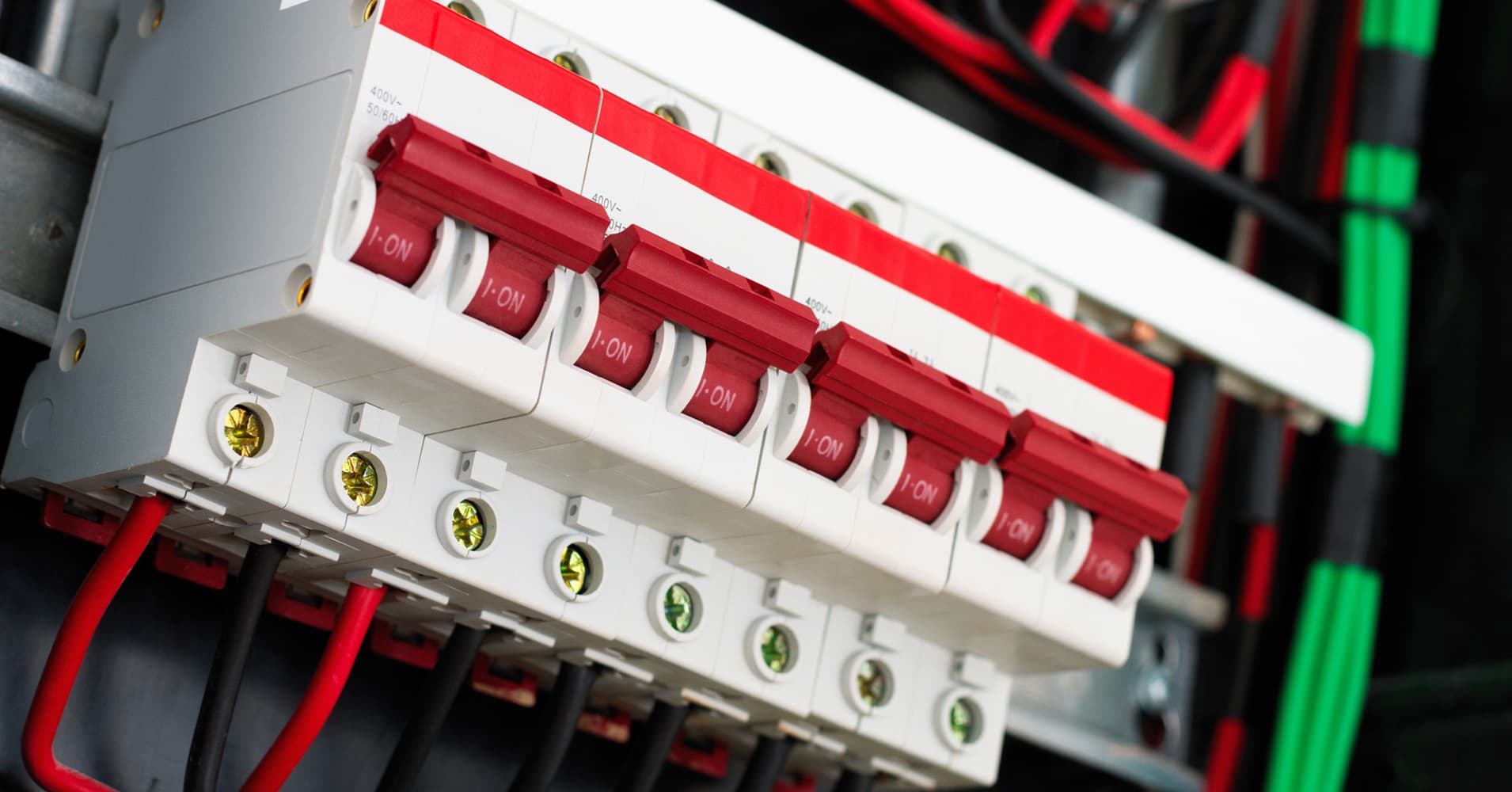
The stock market can be a volatile and unpredictable place, with prices fluctuating rapidly in response to various economic and financial factors. To prevent extreme market fluctuations and maintain stability, market-wide circuit breakers are implemented. But when are these circuit breakers triggered? In this article, we'll delve into the world of market-wide circuit breakers, exploring what they are, how they work, and the specific conditions that trigger them.
What are Market-Wide Circuit Breakers?
Market-wide circuit breakers, also known as trading curbs or collars, are mechanisms designed to halt or slow down trading activity in the event of extreme market volatility. These circuit breakers are put in place to prevent market crashes, maintain fair market prices, and ensure that investors have time to react to significant market movements. They are typically triggered by large and rapid price declines, which can be caused by a range of factors, including economic downturns, geopolitical events, or unexpected news.
How Do Market-Wide Circuit Breakers Work?
Market-wide circuit breakers work by automatically halting or slowing down trading activity when certain conditions are met. These conditions are usually based on the percentage decline in a specific stock market index, such as the S&P 500 or the Dow Jones Industrial Average. For example, if the S&P 500 index falls by 7% or more, trading may be halted for a specified period. The exact percentage decline and duration of the halt vary depending on the exchange and the specific circuit breaker rules.
Triggering Conditions
So, when are market-wide circuit breakers triggered? The triggering conditions vary depending on the exchange and the specific circuit breaker rules. However, here are some common conditions that may trigger a market-wide circuit breaker:
A 7% decline in the S&P 500 index, which triggers a 15-minute trading halt
A 13% decline in the S&P 500 index, which triggers a 30-minute trading halt
A 20% decline in the S&P 500 index, which triggers a trading halt for the remainder of the day
Importance of Market-Wide Circuit Breakers
Market-wide circuit breakers play a crucial role in maintaining market stability and preventing extreme price fluctuations. By halting or slowing down trading activity, these circuit breakers give investors time to react to significant market movements, reducing the risk of panic selling and market crashes. Additionally, circuit breakers help to maintain fair market prices, ensuring that buyers and sellers have a chance to participate in the market without being subject to extreme price volatility.
In conclusion, market-wide circuit breakers are essential mechanisms that help maintain stability and prevent extreme market fluctuations. By understanding when these circuit breakers are triggered, investors can better navigate the markets and make informed investment decisions. Whether you're a seasoned investor or just starting out, it's essential to stay informed about market-wide circuit breakers and their role in maintaining a stable and fair market. So, the next time you hear about a market-wide circuit breaker being triggered, you'll know exactly what it means and how it works.
Note: This article is for informational purposes only and should not be considered as investment advice. It's always recommended to consult with a financial advisor before making any investment decisions.









